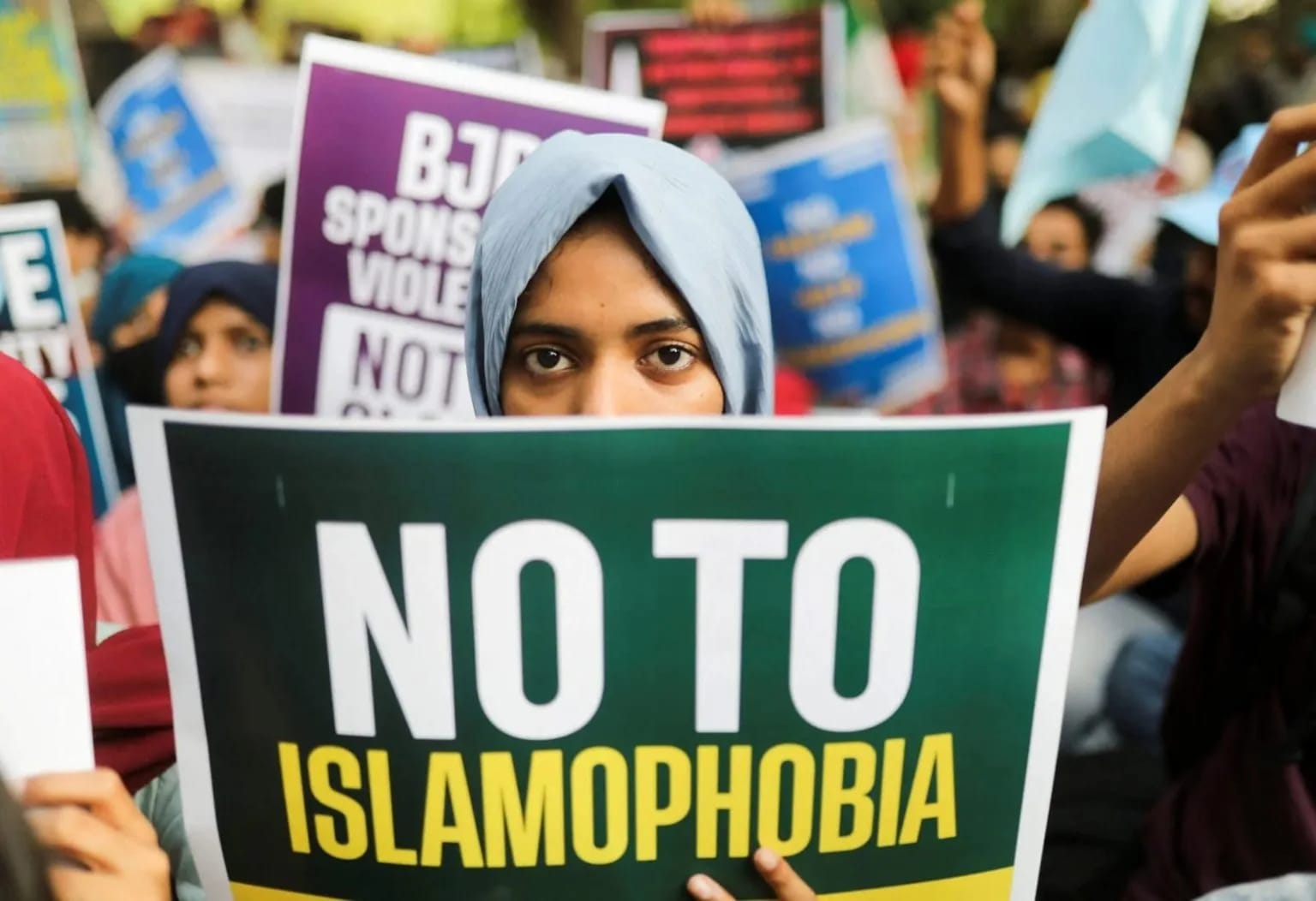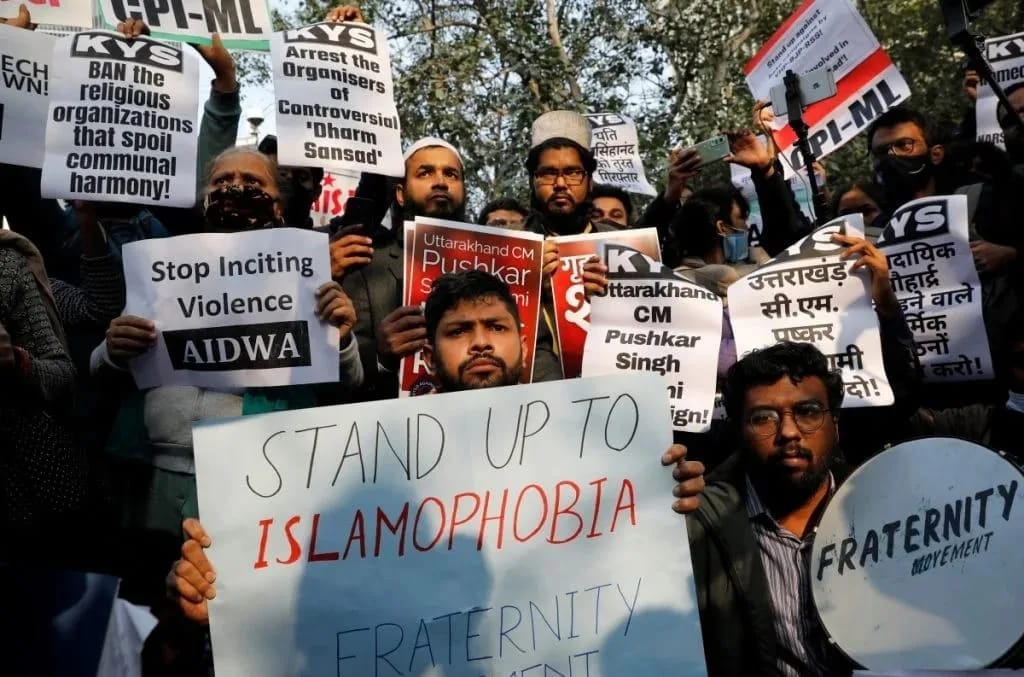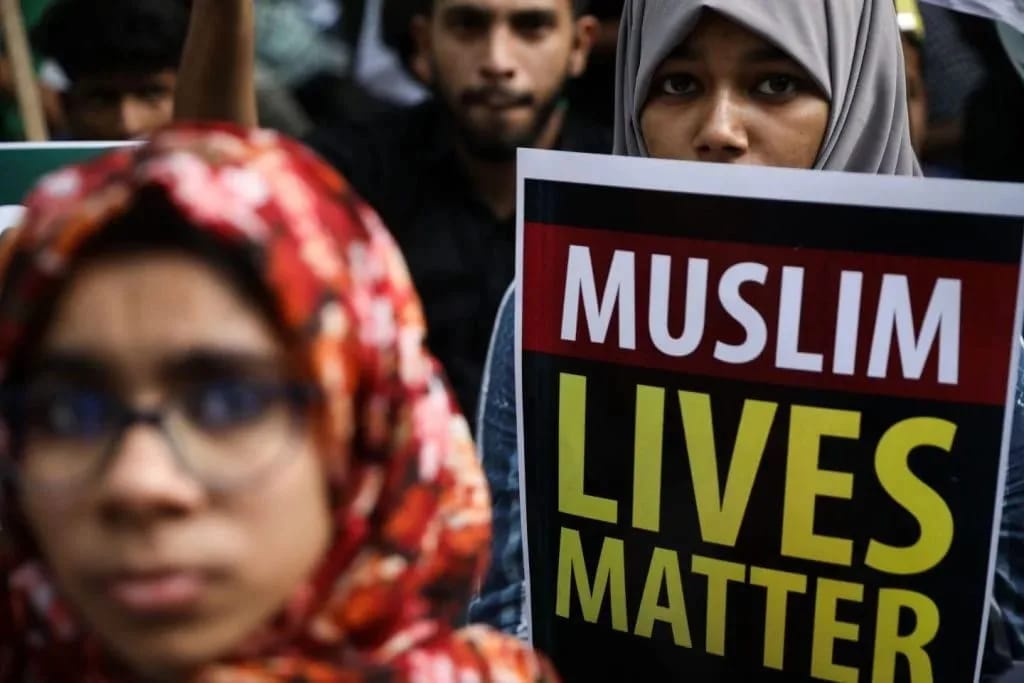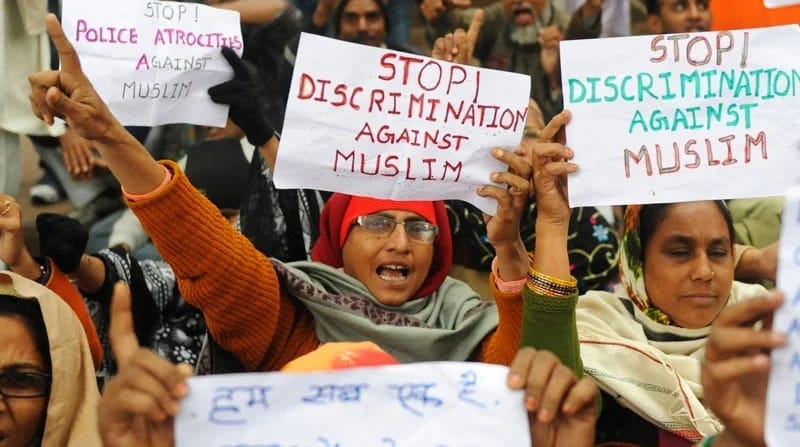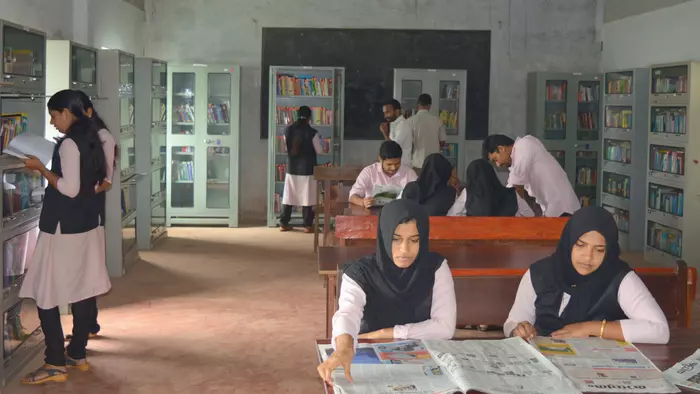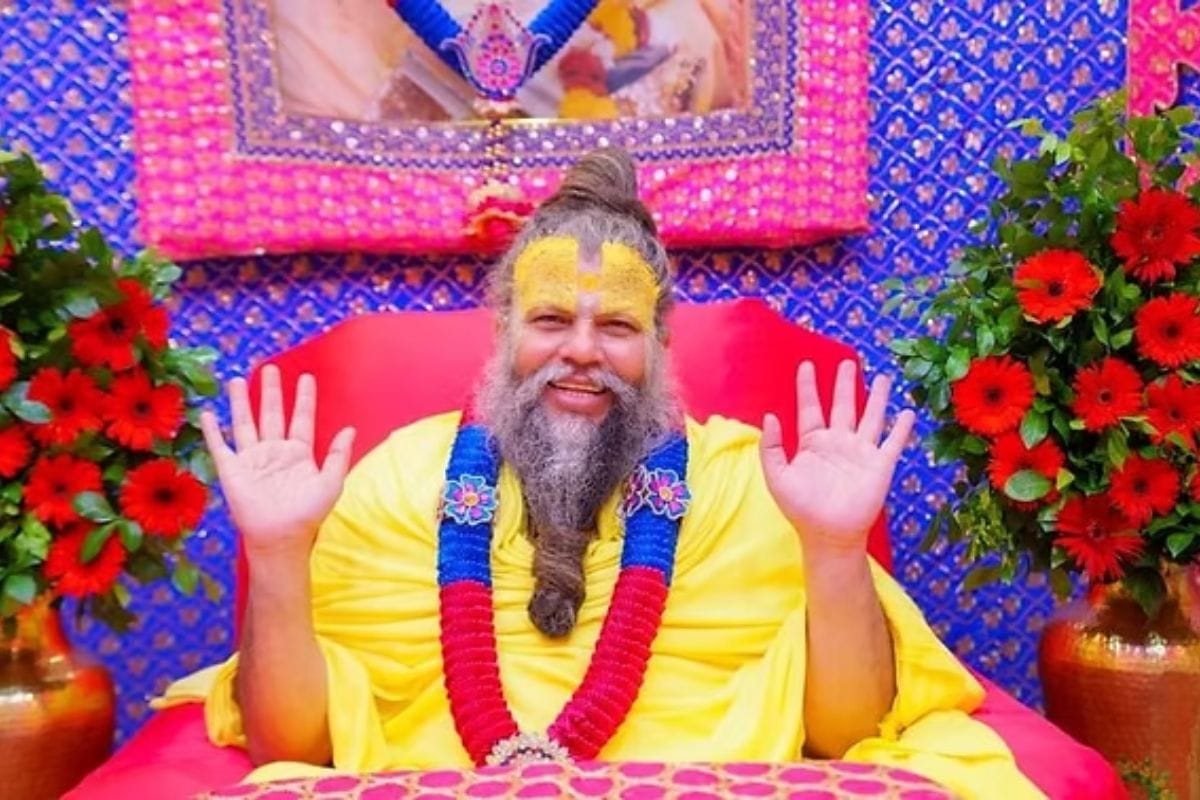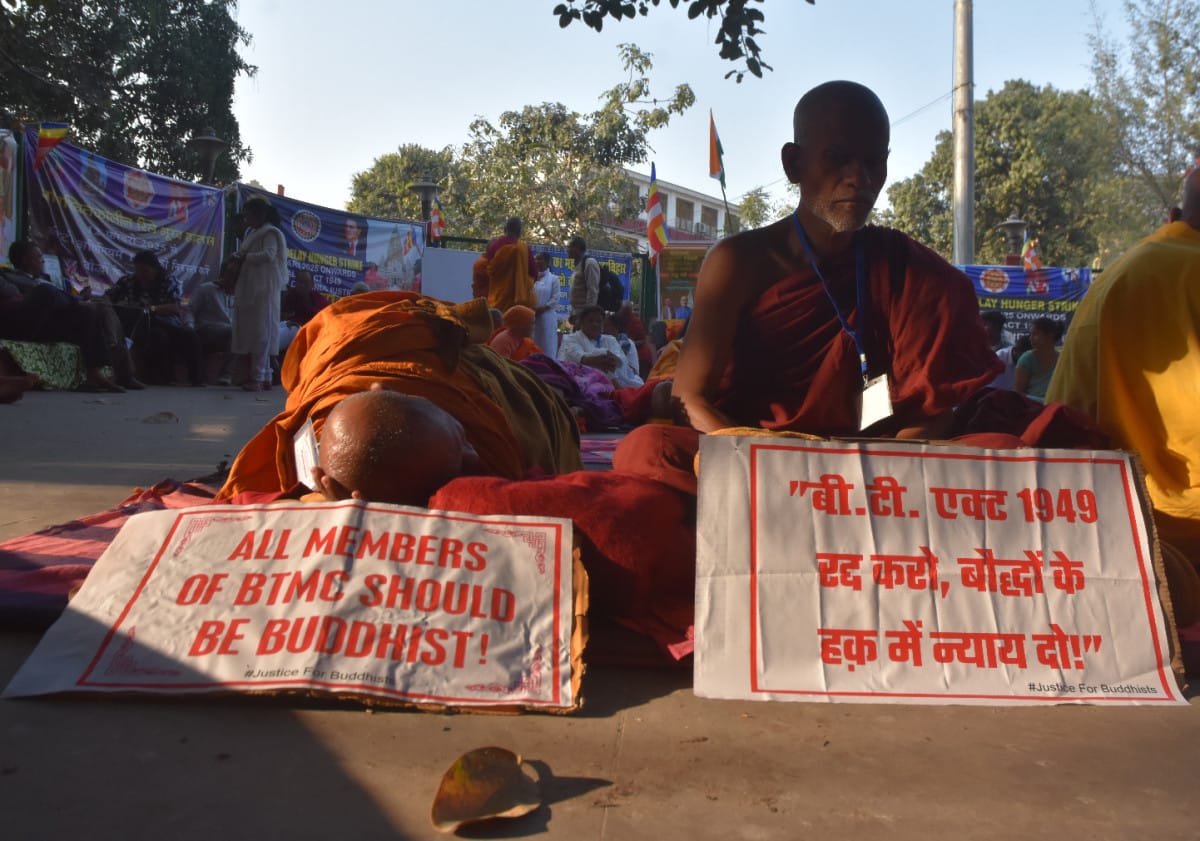A report by India Hate Lab, an independent body under Centre For The Study Of Organized Hate which studies perpetuation of hate speech in India has recorded a staggering 64 incidences of hate speech in 10 days post-Pahalgam attack. This has been reflective of the way the media has been used to heighten communal tension through the use of identity of the attackers. The report has highlighted several incidents where far-right wing groups are exploiting the attack to inflame communal tensions and incite violence furthering a system of social exclusion and religious separation
The context
Anyone who has accessed any form of media in the past 15 days could not have missed the deafening noise surrounding the Pahalgam tragedy-a brutal act of terrorism on April 22nd that claimed 26 lives and unleashed a torrent of outrage, fear, and deepening hatred.
What has dominated headlines and commentary alike is the explicit targeting of the Hindu religious community. From official media outlets to social media discourse, the framing of the tragedy has been unmistakably communal. The narrative has been inevitably engaged in perpetuating hate speech
The UN defines hate speech as ‘Any kind of communication in speech, writing or behaviour, that attacks or uses pejorative or discriminatory language with reference to a person or a group on the basis of who they are‘.
The language used to recount such incidents plays a powerful role in shaping public sentiment and deepening communal divides. They are deeply reflective of the said hate speech.
From the outset, media narratives have emphasised ‘Hindu’ victims and ‘Muslim’ perpetrators, abandoning more neutral terms such as ‘victims’ and ‘terrorists’. The few organisations that opted for terms like ‘militants’ and ‘non-Hindus’ were swiftly vilified by right-wing factions.
This selective vocabulary is not accidental—it is politically charged, strategically communal, and dangerously polarising.
Economic exclusion has been a salient feature. According to the report, on April 23, at an event in Samath Nagar, Jhansi, Uttar Pradesh, far-right monk Madhuram Sharan Shiva urged Hindus to prepare for war and called for an economic boycott. Another rally in Madhepura, Bihar called for a similar boycott of Muslim vendors urging Hindus about the religion of shopkeepers before buying anything.
Narrative formation in many states has been actively led and shaped by right-wing formations and Hindu nationalist groups such as the Vishwa Hindu Parishad (VHP), Bajrang Dal, Antarrashtriya Hindu Parishad (AHP), Rashtriya Bajrang Dal (RBD), Hindu Janajagruti Samiti, Sakal Hindu Samaj, Hindu Rashtra Sena, and Hindu Raksha Dal.
As has been widely documented, the speeches and narrative strategies adopted by these groups are deeply emotional and inflammatory—deliberately evoking fear, hatred, and communal separation.
As has been widely documented, the speeches and narrative strategies adopted by these groups are deeply emotional and inflammatory—deliberately evoking fear, hatred, and communal separation. These narratives often cross the line into outright incitement to violence.
India hate lab has recorded the states with the highest number of hate speech in Maharashtra, Uttar Pradesh, Uttarakhand, Haryana, Rajasthan, Madhya Pradesh Himachal Pradesh, Bihar and Chhattisgarh Maharashtra tops the list with a total of 17 incidents reported. While Uttar Pradesh reported 13 Uttarakhand and Haryana witnessed 6 such incidents.
Speakers have deployed dehumanising language, branding Muslims as ‘terror sympathisers’ and calling for their social and economic exclusion. At a rally in Pune, for instance, a BJP MLA openly urged Hindus to ‘arm themselves’ and ‘drive out Muslims.’
Hate speech has followed a chillingly systematic pattern of dehumanisation, using inflammatory vocabulary to strip members of the Muslim community of their individuality and humanity. Words such as ‘green snakes’, ‘piglets’, ‘insects’ and ‘mad dogs’ were used by speakers who incited violence against Muslims.’ Highly charged terms such as ‘Kathmulla’ were also used to refer to the community. A call for violence in all these was apparent
Worse still, the stereotyping has escalated to a point where an entire religious community has been held collectively responsible for the attack—guilty by mere association with their faith. Language centered around ‘annihilation’ and ‘banishment’ reflects not just prejudice, but a dangerous intent to erase.
The highly polarised and islamophobic narrative has found a special place in the production of incendiary music. For example, a song titled ‘Pehle Dharam Pocha‘ (They Asked About Religion First) perpetuating violence surfaced less than 24 hours after the attack on youtube:
‘We made a mistake by allowing you to stay on,
You got your own country, why didn’t you leave then?
They call us Hindus “kaffirs”,
Their hearts are full of conspiracies against us.‘
At least 20 such songs that carried and amplified such Islamophobic themes. It explicitly targeted Indian Muslims, insisted they were conspiring against Hindus and asked them to leave India. The continuance of the narrative of exclusion that has been known all too well in the past few years.
Becoming one of the large collection of songs that work upon part of a genre that has come to be known as Hindutva Pop, are calling for violent retribution for the attack. Clearly hate speech has not been restricted to non-musical vocalisations.
There are songs that call for Pakistan to be nuked or for the Indian government to ‘wipe Pakistan off the map’, and others that advocate for ‘Pakistani blood’ in exchange for the deaths
Such songs and speech have not excluded hypernationalist warmongering. There are songs that call for Pakistan to be nuked or for the Indian government to ‘wipe Pakistan off the map’, and others that advocate for ‘Pakistani blood’ in exchange for the deaths.
Hate speech and weaponisation
But who truly benefits from this persistent and unrelenting barrage of hate speech—amplified with every new tragedy?
Many scholars have studied how such public tragedies are strategically exploited to amplify hate speech and incite violence. Such events are rarely spontaneous but are instead weaponised within preexisting systems of communal polarisation.
For example, Paul Brasser has discussed in detail how a tragic incident such as this is weaponised in phases. First, hate speech and stereotypes are normalised through media, political rhetoric, and local networks overtly highlighting their group identity. Then, tragedies are framed as deliberate acts by the “other” community. Conversion specialists (e.g., politicians, vigilantes) exploit emotions to incite violence.
Post tragic incidents, Brasser describes the normalisation and legitimisation of violence Authorities and media often endorse narratives of “retaliation” or “self-defense.”
Post-Pahalgam, incidents have been systematically and conveniently ignored by the very same media bodies. The burning of mosques and the multiple incidences of violence (even death of a cleric) against them have been dismissed as spontaneous. In fact, many of these cases have not even been brought to light.
The burning of mosques and the multiple incidences of violence (even death of a cleric) against them have been dismissed as spontaneous.
Beneath the surface of a seemingly free and decentralised media, clear controllers and gatekeepers have emerged. Worse, the architecture of social media algorithms has only entrenched these biases, curating polarised echo chambers where hate is not just circulated—it is amplified.
Violence, hate speech and women.
Multiple scholars have talked about the position of women in dominant Hindutva narrative. They are viewed in terms of their roles within the Brahmanical patriarchy system that constantly binds them to sexist traditions. Their role in the ideology is to reinforce dominant hierarchies, patriarchy and communalism. As a result, any woman who dares to question or speak against the dominant narrative is swiftly and brutally silenced. Their dissent is not merely opposed—it is punished.
An example of this is the targeted online harassment of Himanshi Narwal, a family member of one of the Pahalgam victims, who has been viciously trolled across social media platforms. She has become yet another name on the long and growing list of women subjected to online mob misogyny—a phenomenon in which the digital crowd turns on a woman overnight, weaponising her gender to discredit, shame, and silence her.
We now inhabit hate speech fueled by communalised narratives of tragedy, which in turn give rise to further prejudice, violence, and exclusion. That cycle, once ignited, does not remain confined to newsrooms or political rallies—it seeps into classrooms, hostels, and everyday interactions.
Depolarising projects and organisations such as the ones India Hate Lab has been working upon are crucial to gather and dispel information around the perpetuation of hate speech are needed to foster informed public discourse and counter polarised narratives.
About the author(s)
Sohalika Shrivastava is a 3rd year student at IIT Madras out and about to carve a niche for herself. In her free time she likes to read about and learn animal fact
